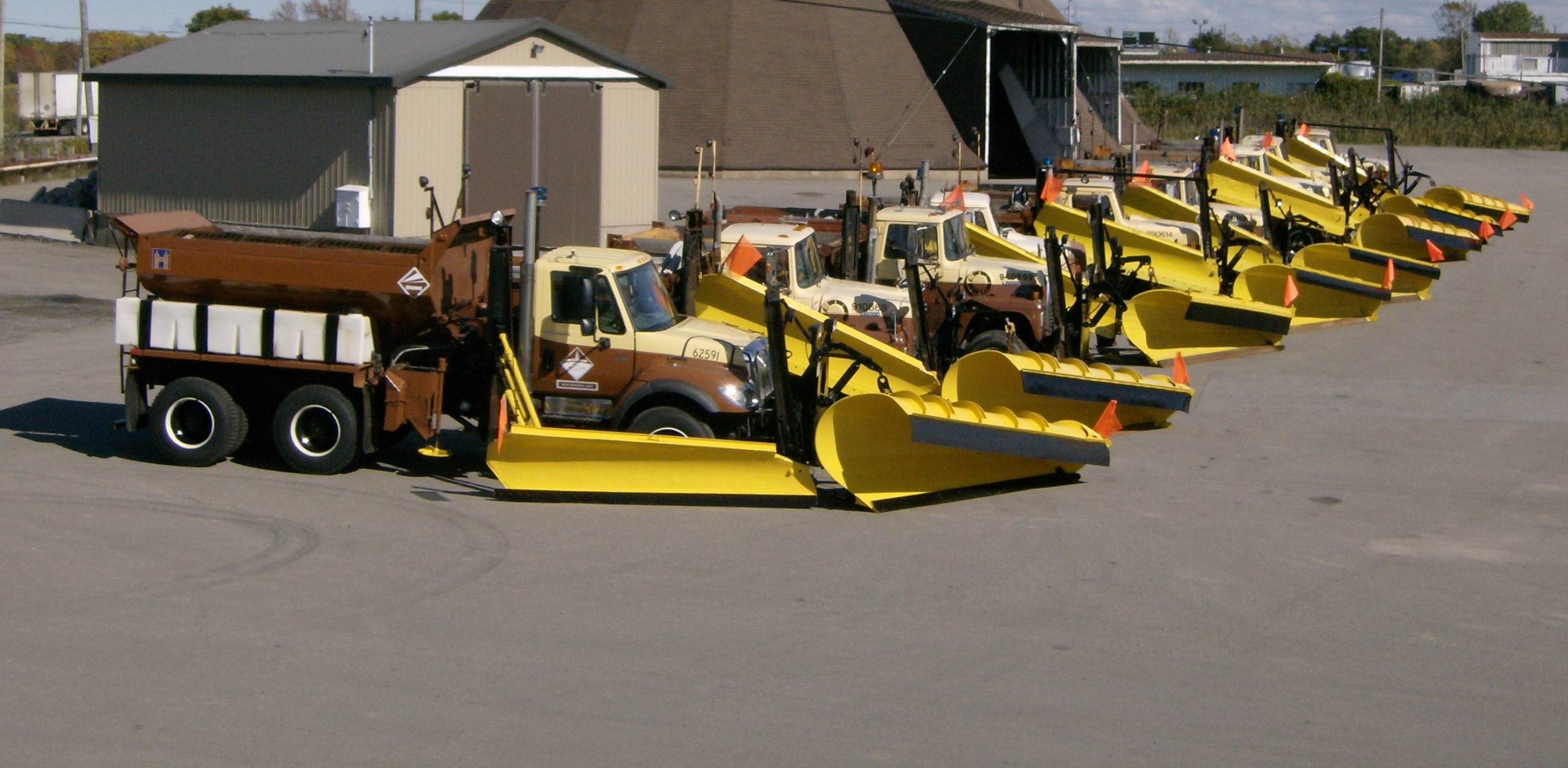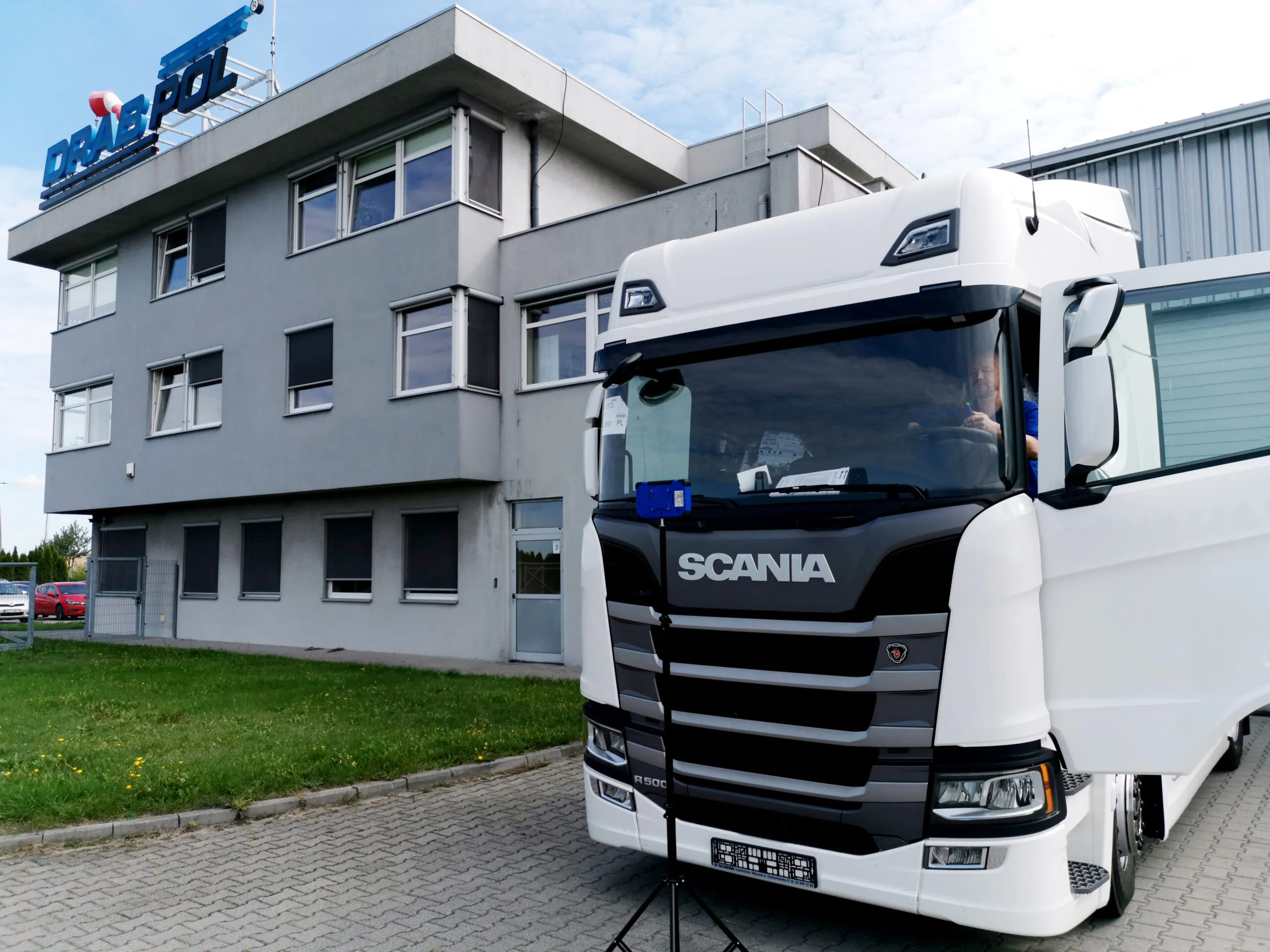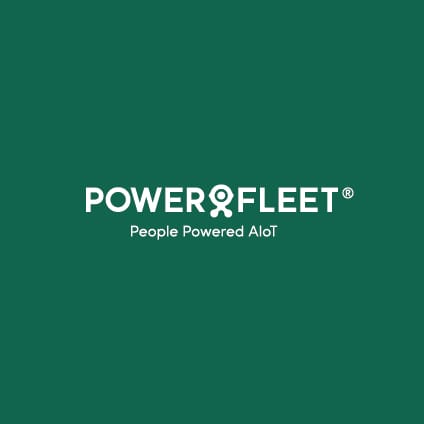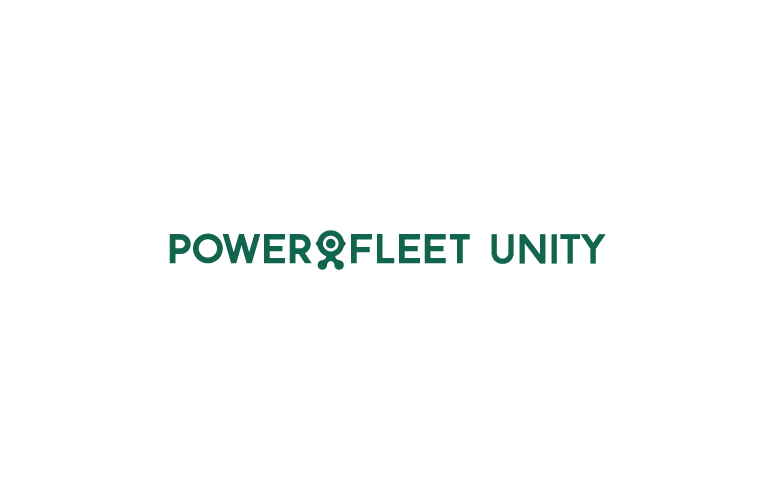Get in Touch with Us
Powerfleet’s Unity platform, advanced modular solutions, and data science can help you save lives, time, and money.
North American Chassis Pool Cooperative (NACPC)
Background
The North American Chassis Pool Cooperative (NACPC) is a chassis manufacturer and lessor. High-quality chassis are in high demand in the United States as Chinese-manufactured chassis face high tariffs. Plus, today’s burdened supply chain and customers demanding lightning-fast delivery requires that truckers transport payloads as efficiently as possible.
In August 2022, following its acquisition of Pratt Intermodal Chassis, NACPC expanded its partnership with Powerfleet to assist in tracking its growing fleet. Even though they can measure up to 40 feet long and weigh tons, chassis go missing all the time in the nooks and crannies of crowded ports. With over 22,000 chassis to keep tabs on, NACPC recognized the critical need for real-time monitoring and smart fleet management systems.
The Challenge
NACPC leaders knew they needed excellent data analytics services. Mountains of data does no one any good without a meaningful strategy to interpret and act upon the trends it reveals. Thus, they were in the market for knowledgeable support that could help them decipher and make the most of their telematics investment to produce better insights and improve decision-making.
On top of that, NACPC sought an advanced GPS chassis tracking and monitoring solution to best serve its truckers and remain ahead of competitors and anticipate their members’ future needs. The company realized that investing in the best technology would increase retention and appeal to new members.
Finally, NACPC knew that the latest technology was key in smoothing out inefficiencies at crowded ports across the country, so its leaders wanted to explore real-time tracking on new builds as well as container on/off detection – a particularly important upgrade for NACPC. While NACPC hadn’t faced significant challenges yet in missing or unused chassis, leaders wanted to head off any financial and operational headaches that would follow such an incident.
The Solution
To make its fleet “smarter” and give the company a competitive advantage with value-add technology, NACPC engaged Powerfleet to provide:
- Data analysis for real-world, decision-grade insights – enabled by Powerfleet’s fleet intelligence platform
- Asset Gateway – Powerfleet’s product for container, chassis, and trailer tracking
- Mount and Load Sensor – Powerfleet’s product for chassis and container availability and status
- Top-notch customer service
“[Powerfleet’s GPS portal] is probably one of the easier ones to manage. But, it’s the people who make the company, in addition to a quality product. Our goal is to keep trucks on the road with quality equipment and not on the side of the road getting repaired. Powerfleet helps us do that.”
Jeffrey Dudenhefer
Chief Operating Officer
North American Chassis Pool Cooperative
Results
Thanks to their partnership with Powerfleet – which included an additional 10,000-unit order across its nationwide network – NACPC is confident in its ability to achieve its mission: Support truckers and keep truckers moving. Right off the bat, NACPC Chief Operating Officer Jeffrey Dudenhefer remarked that the Powerfleet services were simple to implement, and the third-party integration was seamless. “[Powerfleet’s GPS portal] is probably one of the easier ones to manage.” This is a testament of how Powerfleet puts people first, taking out the complexities behind the technology and putting the needs of its customers first.
Further, Mr. Dudenhefer was impressed with the ongoing customer service. “It’s the people who make the company, in addition to a quality product.”
Perhaps the most valuable result is the real-time visibility provided by Powerfleet. Tracking and monitoring has been a cornerstone of Powerfleet and the NACPC’s relationship. Helping truckers stay as efficient as possible, especially in today’s demanding supply chain climate, is a priority. They have a stressful job, and NACPC seeks to make truckers’ days as seamless as possible. Maximizing equipment utilization, powered by Powerfleet’s visibility, maintenance, and performance insights, is a large part of boosting efficiency and removing the guesswork of chassis locations and usage. This is especially beneficial within the first and last mile, providing increased value and even security.
Overall, working with Powerfleet empowers the NACPC to stay ahead of the curve for its members – increasing revenue opportunities as the need for and complexity around chassis grows.
Conclusion
With thousands of units in use today, NACPC sees significant value in the partnership with Powerfleet. Mr. Dudenhefer and his colleagues are grateful to the people at Powerfleet who keep the IoT solutions running optimally, adding value to NACPC, and continually improving the experience of truckers. “Powerfleet has been instrumental in helping NACPC achieve its goal of keeping trucks on the road with quality equipment and not on the side of the road getting repaired”, Mr. Dudenhefer said.
Powerfleet truly takes to heart its tagline of “People-Powered IoT.” There’s always a human on the other side available, working with our partners to provide helpful insights that drive continual improvement. We value creating positive experiences around our industry-leading technology to ensure our customers exceed their productivity and growth goals.
Blackburns Chimney Services

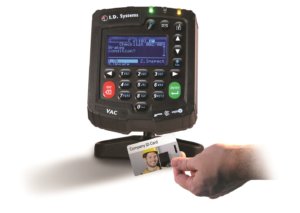 As with most companies, Xerox had manual, paper-based vehicle safety checklists that had to be completed for each vehicle daily. While this process followed their safety procedures, the paper-based process required valuable management time to monitor.
As with most companies, Xerox had manual, paper-based vehicle safety checklists that had to be completed for each vehicle daily. While this process followed their safety procedures, the paper-based process required valuable management time to monitor.